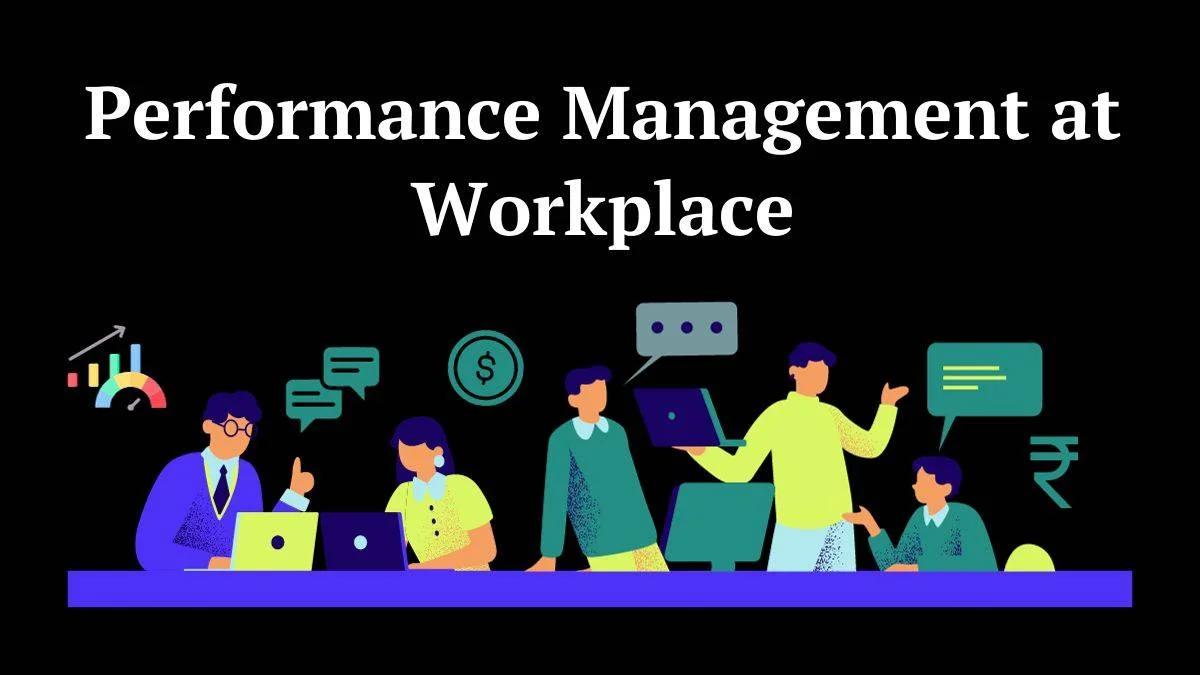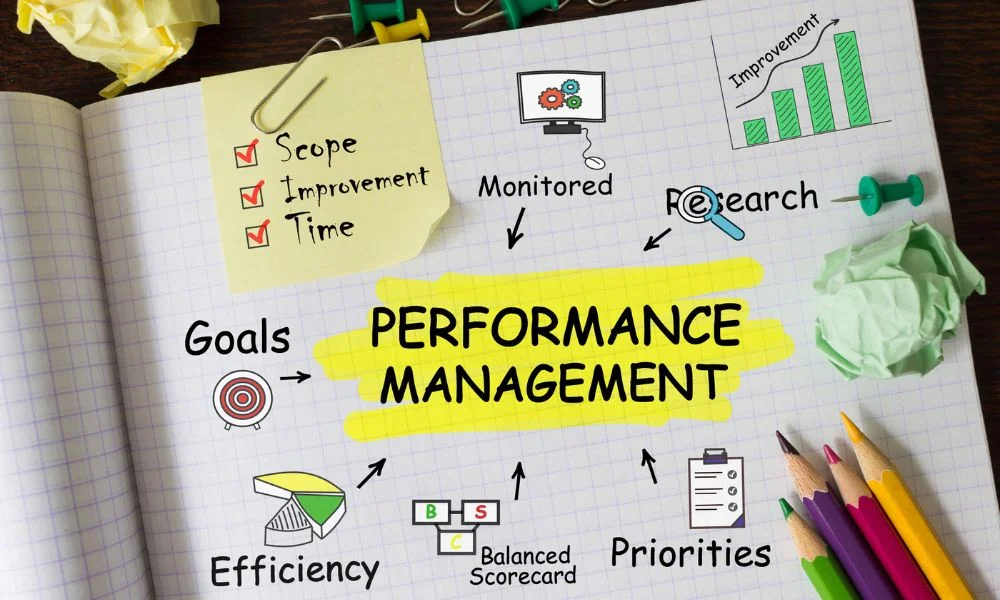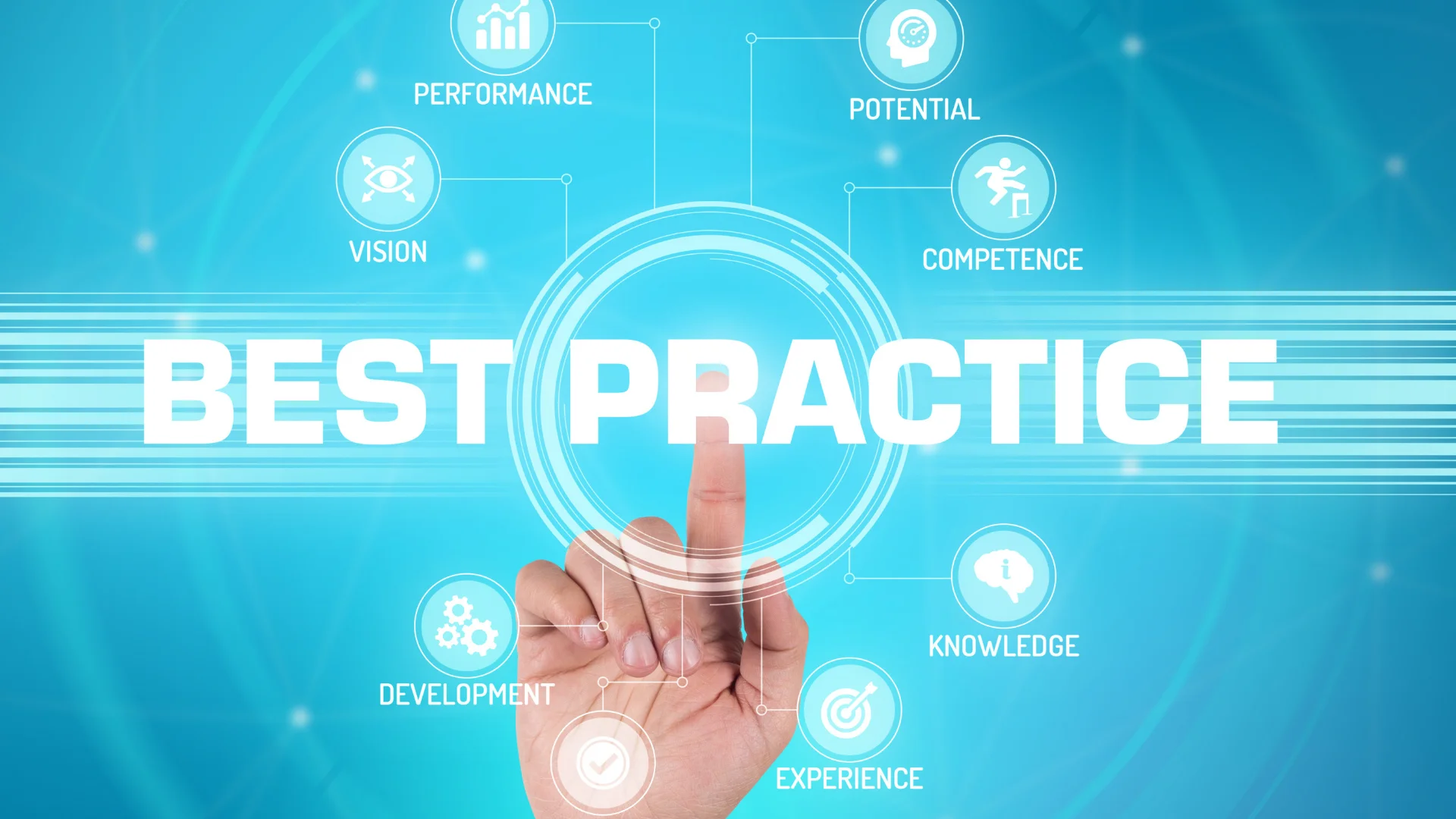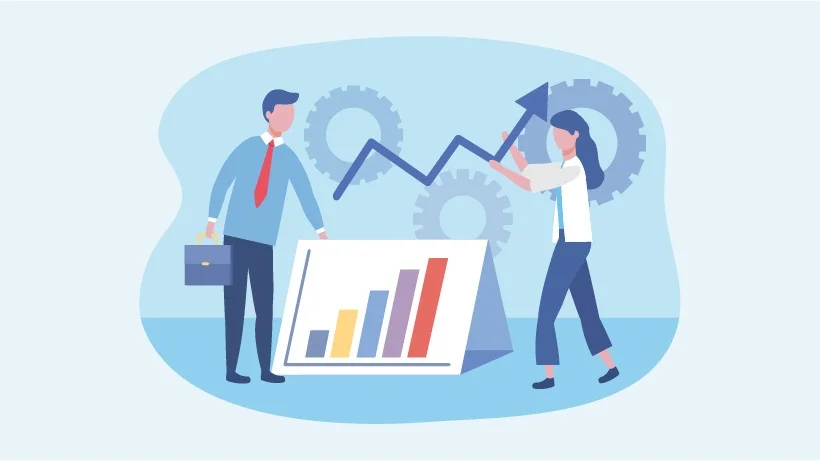Strengthening Security with Access Management

In an increasingly digitalized world, safeguarding sensitive data, applications and systems against unauthorized access is paramount for organizations to protect their assets, maintain trust and comply with regulatory requirements. Access management, also known as identity and access management (IAM), serves as the frontline defense against cybersecurity threats by controlling user access rights, permissions and privileges. In this blog, we'll explore the importance of access management, its core components and strategies for enhancing access security.


 Authentication
: Establishing a comprehensive inventory of assets is the foundation of
effective asset management. This inventory should include detailed information about
each asset, such as its location, condition, purchase date, depreciation value and
associated costs.
Authentication
: Establishing a comprehensive inventory of assets is the foundation of
effective asset management. This inventory should include detailed information about
each asset, such as its location, condition, purchase date, depreciation value and
associated costs.
